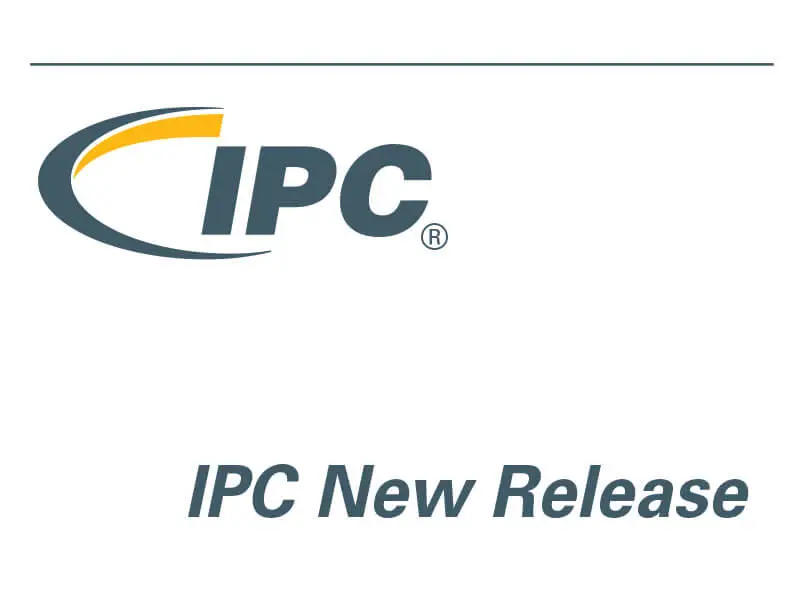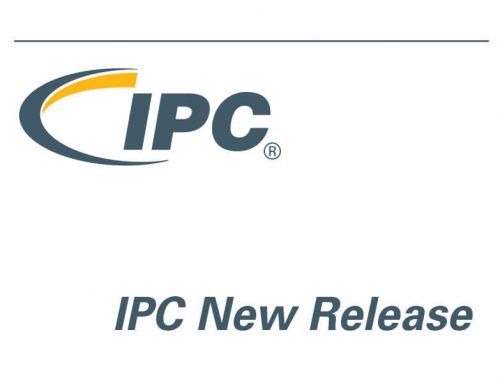IPC/WHMA-A-620D is the only industry-consensus standard for Requirements and Acceptance of Cable and Wire Harness Assemblies. IPC/WHMA-A-620D describes materials, methods, tests and acceptance criteria for producing crimped, mechanically secured and soldered interconnections and the related assembly activities associated with cable and harness assemblies.
IPC/WHMA-A-620D was developed by IPC and the Wire Harness Manufacturers Association (WHMA) (An affiliate of IPC).
Number of Pages: 420 | Release Date: 1/21/2020 | ISBN: 978-1-951577-07-0
1.1 Scope
This IPC/WHMA-A-620D standard prescribes practices and requirements for the manufacture of cable, wire and harness assemblies. This standard does not provide criteria for cross-section or X-ray evaluation.If a conflict occurs between the English and translated versions of this document, the English version will take precedence.
The illustrations in this document portray specific points noted in the title of each section. A brief description follows each illustration. The development committee recognizes that different parts of the industry have different definitions for some terms used herein. For the purposes of this document, the terms cable and wire harness are used interchangeably.
IPC/WHMA-A-620 can be used as a stand-alone document for purchasing products, however it does not specify frequency of in-process inspection or frequency of end product inspection. No limit is placed on the number of process indicators or the number of allowable repair/rework of defects. Such information should be developed with a statistical process control plan (see IPC-9191).
1.2 Purpose
This standard describes materials, methods, tests and acceptability criteria for producing crimped, mechanically secured, or soldered interconnections and the related assembly activities associated with cable and harness assemblies.The intent of this document is to rely on process control methodology to ensure consistent quality levels during the manufacture of products. Any method that produces an assembly conforming to the acceptability requirements described in this standard may be used.
Standards may be updated at any time, including with the use of amendments. The use of an amendment or newer revision is not automatically required. The revision in effect shall [D1D2D3] be as specified by the User.
1.3 Classification
Use of this standard requires agreement on the Class to which the product belongs. The User has the ultimate responsibility for identifying the Class to which the assembly is evaluated. If the User does not establish and document the acceptance Class, the Manufacturer may do so. Criteria defined in this standard reflect three Product Classes, which are as follows:
- Class 1 General Electronic Products
Includes products suitable for applications where the major requirement is the function of the completed assembly.- Class 2 Dedicated Service Electronic Products
Includes products where continued performance and extended life is required, and for which uninterrupted service is desired but not critical. Typically, the end-use environment would not cause failures.- Class 3 High Performance/Harsh Environment Electronic Products
Includes products where continued performance or performance-on-demand is critical, equipment downtime cannot be tolerated, end-use environment may be uncommonly harsh, and the equipment must function when required, such as life support systems and other critical systems.1.4 Measurement Units and Applications
This document uses the International System of Units (SI) in accordance with ASTM SI10-10, IEEE/ASTM SI 10, American National Standard for Metric Practice (Section 3). Imperial English equivalent units follow in brackets. The derived SI units used in this document are millimeters (mm) [in] for dimensions and dimensional tolerances, Celsius (°C) [°F] for temperature and temperature tolerances, grams (g) [oz] for weight, and lux (lx) [footcandles] for illuminance.1.4.1 Verification of Dimensions
Where not specifically invoked by this standard, actual measurements, e.g., of specific solder fillet dimensions, determination of damage and wrap percentages, are not required except for referee purposes.
Preview the IPC/WHMA-A-620D table of contents .pdf file.


